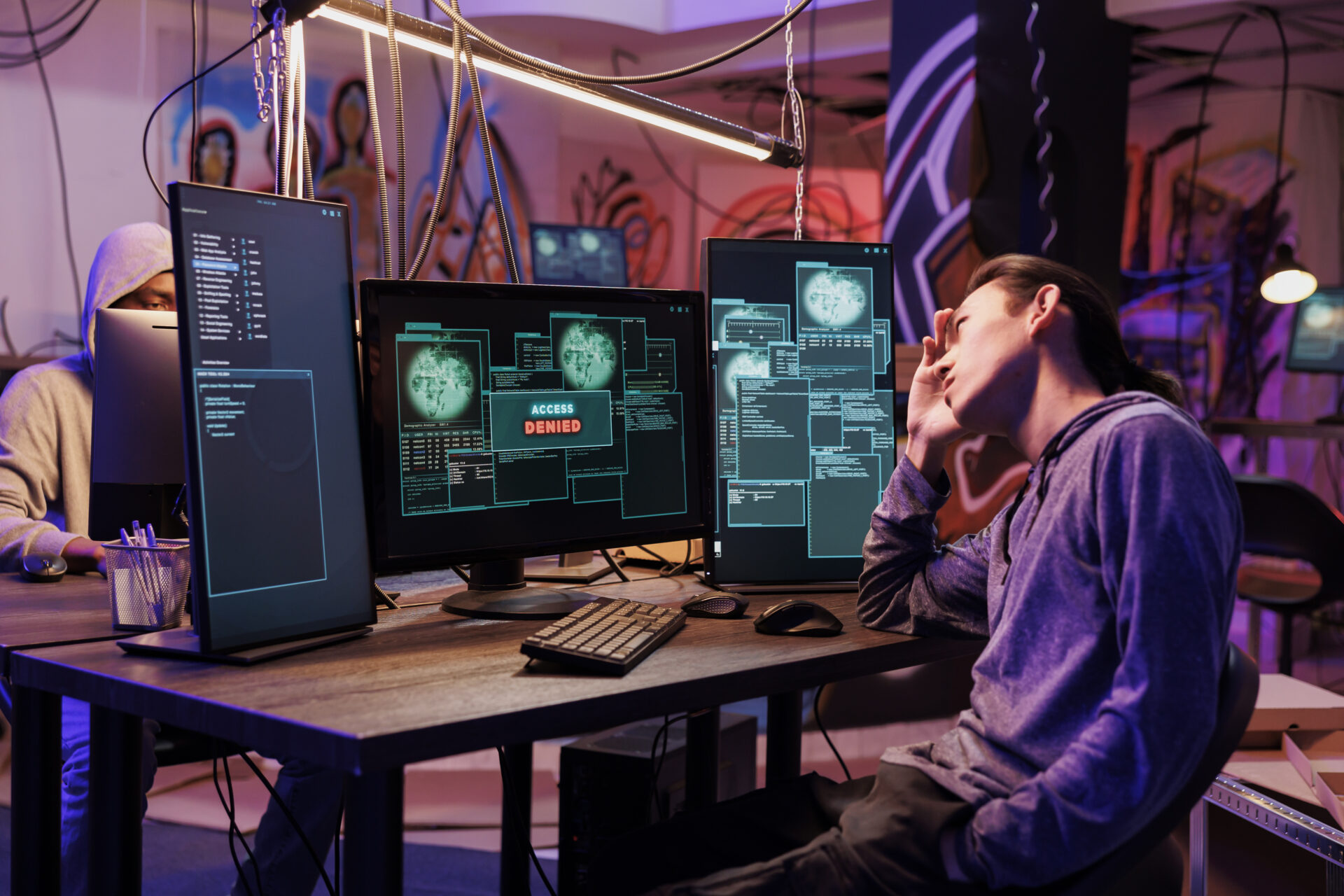Table of Contents
In today’s more digital era, cybersecurity is no longer an IT issue—it’s an imperative concern that touches citizens, companies, and governments equally. As the year progresses further in 2025, the value of having a robust cybersecurity framework has never been so pressing. With the advent of sophisticated technologies, artificial intelligence-driven cyberattacks, and remote workplaces, the threat landscape in the digital world has changed at a whirlwind pace—and so have our methods of defence.
The Changing Nature of Cyber Threats
Cybercriminals are more advanced now, using tools such as artificial intelligence, machine learning, and deepfakes to launch highly sophisticated and misleading attacks. Antivirus software and firewalls of the past cannot block them anymore.
Some of the typical threats in 2025 are:
- Ransomware-as-a-Service (RaaS) platforms that allow even tech-dumb criminals to mount attacks.
- Phishing attacks with hyper-realistic emails, voice cloning, and spoofing websites.
- Zero-day attacks that target unspecified vulnerabilities in popular software.
- IoT-enabled attacks on smart home appliances, wearables, and connected cars.
Why Everyone Becomes a Target
Those days are behind us when only governments and major corporations needed to fear getting hacked. In 2025, each smartphone, smartwatch, and notebook is an entry point waiting to happen. Small businesses, freelancers, and regular users are in growing danger.
As recent accounts have it, more than 60% of small businesses fall victim to a cyberattack every year—and many never recover. Identity theft, financial scams, and data breaches now reach millions worldwide, resulting in not only financial loss but also emotional distress.
The Age of Remote Work and Cloud Reliance
The pandemic forever changed the nature of work, and remote or blended models remain prevalent today. This has led to new security issues:
- Workers are commonly using personal devices that are not well secured.
- Cloud computing, being the convenience that it is, has its own weaknesses.
- No on-site IT means it is more difficult to enforce best practices.
Businesses, therefore, need to implement tighter endpoint security, virtual private networks (VPNs), and employee cybersecurity awareness training.
AI: Both a Threat and a Solution
AI is a two-edged sword. While cybercriminals exploit it to automate and scale up attacks, security experts are employing AI to identify suspicious activity, prevent breaches in real time, and scan vast amounts of data for impending threats.
Technologies such as behavioral analytics, automated threat inspection, and AI-based firewalls are becoming the norm in 2025’s security tools.
What You Can Do to Stay Safe
Cybersecurity is the responsibility of everyone. Here are some steps you can take today:
- Have strong, one-of-a-kind passwords and turn on multi-factor authentication (MFA).
- Keep your software and devices updated to the latest patches.
- Don’t click on unfamiliar links or download attachments from suspicious emails.
- Use end-to-end encrypted communication applications for confidential information.
- Back up important information regularly in secure locations.
Conclusion
As our life gets more digital, the danger it poses is also becoming more complex. In 2025, cybersecurity is no longer a choice—it’s required. Whether you are an entrepreneur, a student, or just someone who spends time on the internet, it pays to know about and invest in cybersecurity.

